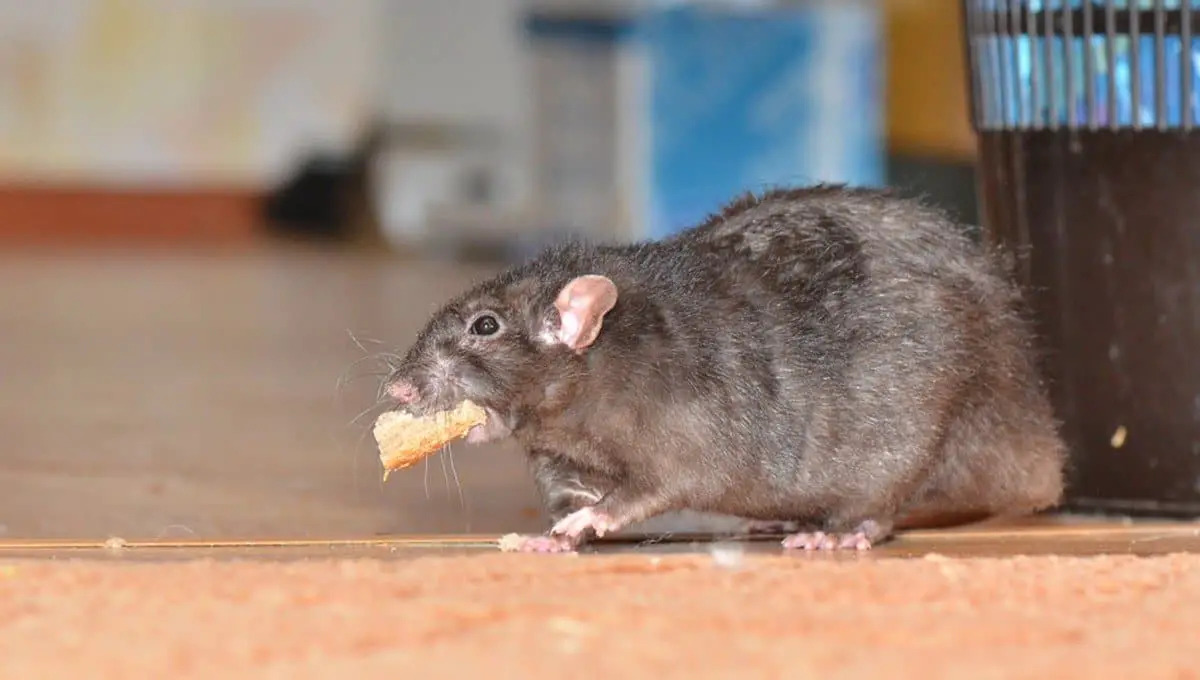

Articles
How To Get Rid Mice In Chimney
Modified: February 24, 2024
Looking for articles on how to get rid of mice in the chimney? Discover effective methods and expert tips in our comprehensive guide.
(Many of the links in this article redirect to a specific reviewed product. Your purchase of these products through affiliate links helps to generate commission for Storables.com, at no extra cost. Learn more)
Introduction
Mice in the chimney can be a pesky and unwelcome nuisance in your home. Not only can they cause damage to your chimney and potentially start fires, but they can also carry diseases that could pose a risk to you and your family’s health. If you’ve noticed signs of mice in your chimney, it’s important to take action as soon as possible to get rid of them.
In this article, we’ll explore the signs of mice infestation in your chimney, discuss why it’s essential to remove them, guide you through the step-by-step process of getting rid of mice in the chimney, and offer prevention tips to keep them from returning.
So, if you’re ready to bid farewell to the unwanted guests in your chimney, let’s dive in.
Key Takeaways:
- Mice in the chimney pose fire hazards, structural damage, and health risks. Removing them promptly and implementing preventive measures is crucial for the safety and well-being of your family and the integrity of your home.
- To effectively get rid of mice in the chimney, follow a step-by-step process, including setting up live traps, using one-way exits, and sealing entry points. Implement preventive measures to keep them from returning.
Read more: How To Get Rid Of Mice In Basement
Understanding the Issue
Before we dive into the methods of getting rid of mice in the chimney, it’s important to understand why mice are attracted to chimneys in the first place. Chimneys provide mice with warmth, shelter, and a potential food source, making them an ideal habitat for these small rodents.
Mice are skilled climbers and can easily make their way up and down the chimney flue. They can access your chimney through small openings or cracks in the structure or even through the fireplace opening itself if it’s not properly sealed.
Once they find their way inside, mice can create nests in the chimney’s walls or flue, using materials found in the surroundings, such as twigs, leaves, and insulation. They can also chew through wood, plastic, and other materials, posing a fire hazard and compromising the structural integrity of your chimney.
In addition to the physical damage they can cause, mice in the chimney can also carry diseases and parasites, including hantavirus, leptospirosis, salmonellosis, and fleas. These health risks make it crucial to remove the mice from your chimney promptly.
By understanding the reasons behind mice infestation in chimneys, you can take the necessary steps to eliminate them and prevent future occurrences.
Signs of Mice in the Chimney
Identifying the signs of mice in your chimney is the first step towards addressing the issue. Here are some common signs that indicate mice infestation:
- Noises: If you hear scratching, scurrying, or squeaking sounds coming from your chimney, especially during the night when mice are most active, it’s a strong indication that you have unwanted guests.
- Droppings: Mice leave behind small, pellet-like droppings. You may find these droppings in and around your fireplace or on the floor of your chimney.
- Nests: Check for signs of nesting materials, such as shredded paper, twigs, and fabric, within the chimney walls or at the bottom of the flue. Mice build nests to create a warm and secure environment for themselves.
- Gnaw Marks: Mice have a constant need to gnaw on objects to keep their teeth sharp. Look for chewed wood, wires, or other materials near the fireplace or chimney structure.
- Grease Marks: Mice often leave grease marks along their regular paths as they navigate through narrow openings. These marks may be visible on walls, chimney bricks, or other surfaces around the chimney.
- Unpleasant Odors: Mice urine and droppings can emit a distinct odor. If you notice a foul smell coming from the chimney, it could be a sign of an infestation.
If you notice any of these signs, it’s important to take action promptly to prevent further damage and potential health risks.
Why Remove Mice from the Chimney?
Removing mice from your chimney is essential for several reasons:
- Fire Hazard: Mice can chew through electrical wires and nesting materials, increasing the risk of electrical fires. If they build nests near the fireplace or inside the chimney, a stray spark can easily ignite the combustible materials, potentially causing a chimney fire.
- Structural Damage: Mice are notorious chewers and can damage the structural components of your chimney. They may gnaw on wooden beams, insulation, and other materials, compromising the integrity of the chimney and requiring costly repairs.
- Health Risks: Mice carry diseases and parasites that can be transmitted to humans. Hantavirus, for example, can be contracted through inhalation of dust contaminated with mouse droppings. Removing mice from the chimney reduces the risk of exposure to these diseases and keeps your family healthy.
- Noise and Disruption: Mice can be noisy creatures, especially when they are actively moving around inside the chimney. The scratching and scurrying sounds can be disruptive, particularly during nighttime when you’re trying to sleep.
- Preventing Further Infestation: By removing mice from your chimney, you can prevent them from spreading into other areas of your home. Mice are skilled climbers and can easily navigate through vents, walls, and crawl spaces, quickly invading different parts of the house.
Considering these factors, it’s clear that removing mice from the chimney is crucial for your safety, the integrity of your home, and the wellbeing of your family. Let’s move on to the next steps and learn how to effectively get rid of mice in the chimney.
Seal off any openings around the chimney to prevent mice from entering. Use traps or bait stations to catch and remove any existing mice. Keep the area clean and free of food sources to deter them from returning.
Preparing for Mouse Removal
Before you begin the process of removing mice from your chimney, it’s important to take some necessary precautions and prepare the area for effective mouse removal. Here are some steps to follow:
- Inspect the exterior of your chimney: Check the outside of your chimney for any openings or cracks that mice may be using as entry points. Seal these gaps using steel wool or caulk to prevent mice from entering or exiting.
- Remove any potential food sources: Mice are attracted to sources of food. Make sure any bird feeders, garbage cans, or pet food containers near the chimney are secured and tightly sealed to deter mice from being lured in.
- Clean the chimney: Remove any debris, sticks, leaves, or nests that may be present in the chimney. This will create a clear pathway for the mice to exit and make the removal process easier.
- Ensure proper ventilation: Check that your chimney is properly ventilated. Poor ventilation can create an environment that attracts mice. If needed, consult a professional to assess and improve the ventilation system.
- Wear protective gear: When dealing with mice and their droppings, it’s important to protect yourself. Wear gloves and a mask to prevent the inhalation of any potentially harmful particles.
- Choose appropriate mouse removal methods: Consider the various mouse removal methods available, such as live traps or professional pest control services. Assess which option aligns with your values, budget, and level of infestation.
By taking these preparatory measures, you’ll create a safer and more effective environment to remove the mice from your chimney. With the groundwork laid, you can now proceed to the step-by-step guide for getting rid of mice in the chimney.
Read more: How To Get Rid Of Mice In The Ceiling
Step-by-Step Guide to Getting Rid of Mice in Chimney
To effectively remove mice from your chimney, follow this step-by-step guide:
- Set up live traps: Place humane live traps near the fireplace or in areas where mice are frequently spotted. Bait the traps with peanut butter or a small piece of cheese to attract the mice. Check the traps regularly and release the captured mice far away from your home.
- Use a one-way exit: Install a one-way exit device, such as a mouse exclusion funnel, at the entrance point of the chimney. This allows mice to leave the chimney but prevents them from re-entering. Ensure that the device is securely attached and is the correct size for the chimney opening.
- Seal additional entry points: Inspect the chimney thoroughly for any other potential entry points and seal them with steel wool or caulk. This will prevent mice from finding alternative ways back into the chimney.
- Clean the chimney: Once you’re confident that the mice have been eliminated, clean the chimney thoroughly. Remove any remaining nests, droppings, or debris using gloves and a mask. Dispose of them in a sealed bag or container.
- Maintain chimney hygiene: Regularly inspect and clean your chimney to prevent future infestations. Trim trees or bushes near the chimney that could provide easy access for mice. Keep the area surrounding the chimney clean and clutter-free.
- Consider professional help: If the infestation is severe or you’re unable to effectively remove the mice on your own, it may be advisable to seek professional pest control services. They have the knowledge, experience, and appropriate tools to eliminate mice from your chimney safely and efficiently.
Remember, it’s important to be patient during the mouse removal process, as it may take some time to fully eliminate the infestation. By following these steps, you’ll significantly increase your chances of successfully getting rid of mice in your chimney.
Preventing Mice from Returning to the Chimney
Once you’ve successfully removed mice from your chimney, it’s crucial to take preventative measures to keep them from returning. Here are some effective strategies to prevent mice from coming back:
- Seal any openings: Inspect the exterior of your chimney and seal any gaps or cracks using steel wool or caulk. Pay close attention to areas around vents, screens, and the chimney cap.
- Install a chimney cap: A chimney cap with a mesh screen will prevent mice from entering through the top of your chimney while still allowing proper ventilation. Make sure the cap is secure and in good condition.
- Keep the chimney clean: Regularly clean your chimney and remove any debris, nesting materials, or unused firewood. Mice are attracted to clutter, so maintaining a clean and well-organized area will make it less appealing for them to return.
- Trim surrounding vegetation: Trim any tree branches or shrubs near your chimney. Overhanging branches can provide easy access for mice to jump onto your chimney and make their way inside.
- Store food properly: Keep all food sources stored securely in airtight containers. This includes birdseed, pet food, and any other potential attractants that could entice mice to come near your chimney.
- Maintain proper sanitation: Good sanitation practices are essential in deterring mice. Clean up spills promptly, vacuum regularly, and ensure that garbage cans are tightly sealed. Removing potential food sources will make your chimney and surrounding area less appealing to mice.
- Screen vents: Install mesh screens over any vents or openings in and around your chimney. This will prevent mice from finding their way inside while still allowing proper airflow.
- Regular inspections: Conduct regular inspections of your chimney to catch any potential entry points or signs of mouse activity early on. Promptly address any issues to minimize the risk of infestation.
By implementing these preventive measures, you can greatly reduce the likelihood of mice returning to your chimney. Stay vigilant and take the necessary steps to protect your home from future infestations.
Conclusion
Dealing with mice in the chimney can be a frustrating and potentially hazardous situation. However, by understanding the signs of infestation, the reasons to remove mice, and following the necessary steps, you can effectively get rid of them and prevent their return.
Remember to be proactive in inspecting and sealing any potential entry points, cleaning the chimney, and implementing preventive measures to discourage future infestations. Regular maintenance and proper hygiene are key to keeping your chimney mouse-free.
If you find the task of removing mice from your chimney overwhelming or if the infestation is severe, it’s advisable to seek professional help. These experts have the knowledge and experience to handle mouse removal safely and effectively.
By taking action to address a mouse infestation in your chimney, you are not only protecting your home and chimney’s structural integrity but also safeguarding the health and well-being of your family.
Remember, prevention is the best approach. By implementing the preventive measures mentioned in this guide, you’ll greatly reduce the risk of future mouse infestations in your chimney.
So, don’t let mice make themselves at home in your chimney. Take control, follow the steps provided, and enjoy a chimney that is free from unwanted guests. Stay vigilant, and keep your chimney a safe and cozy space for you and your family to enjoy.
Frequently Asked Questions about How To Get Rid Mice In Chimney
Was this page helpful?
At Storables.com, we guarantee accurate and reliable information. Our content, validated by Expert Board Contributors, is crafted following stringent Editorial Policies. We're committed to providing you with well-researched, expert-backed insights for all your informational needs.
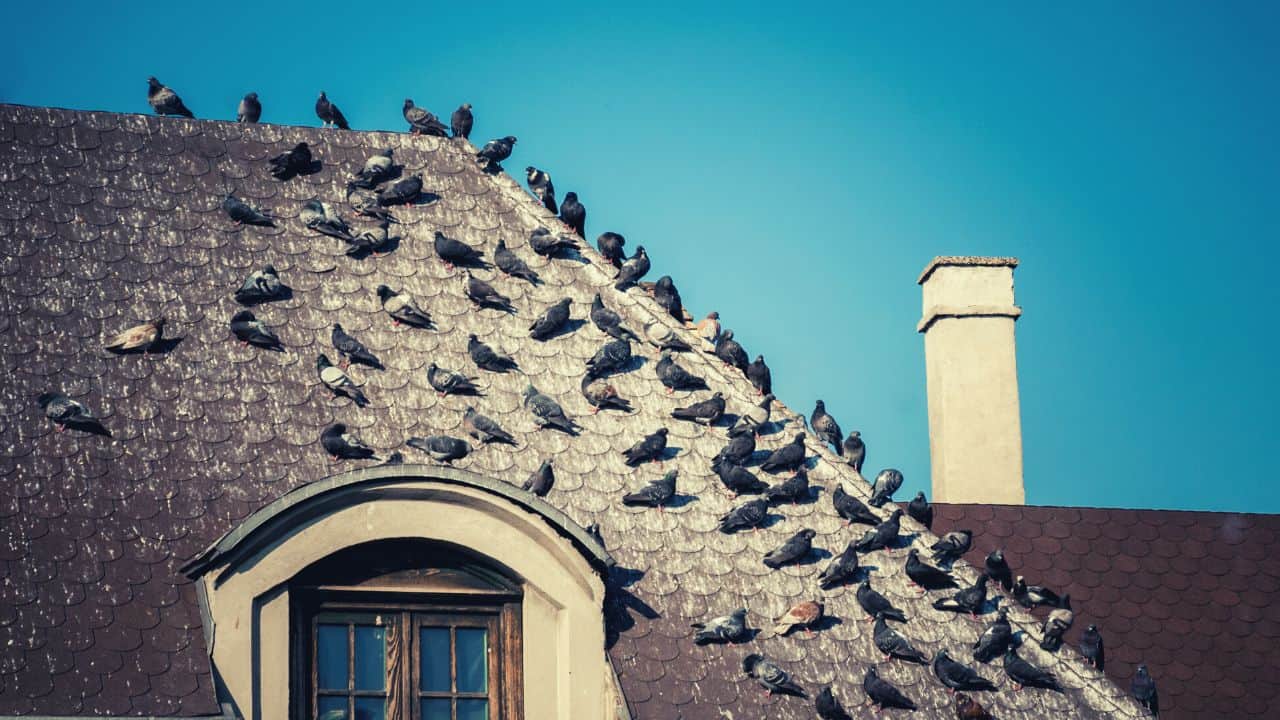
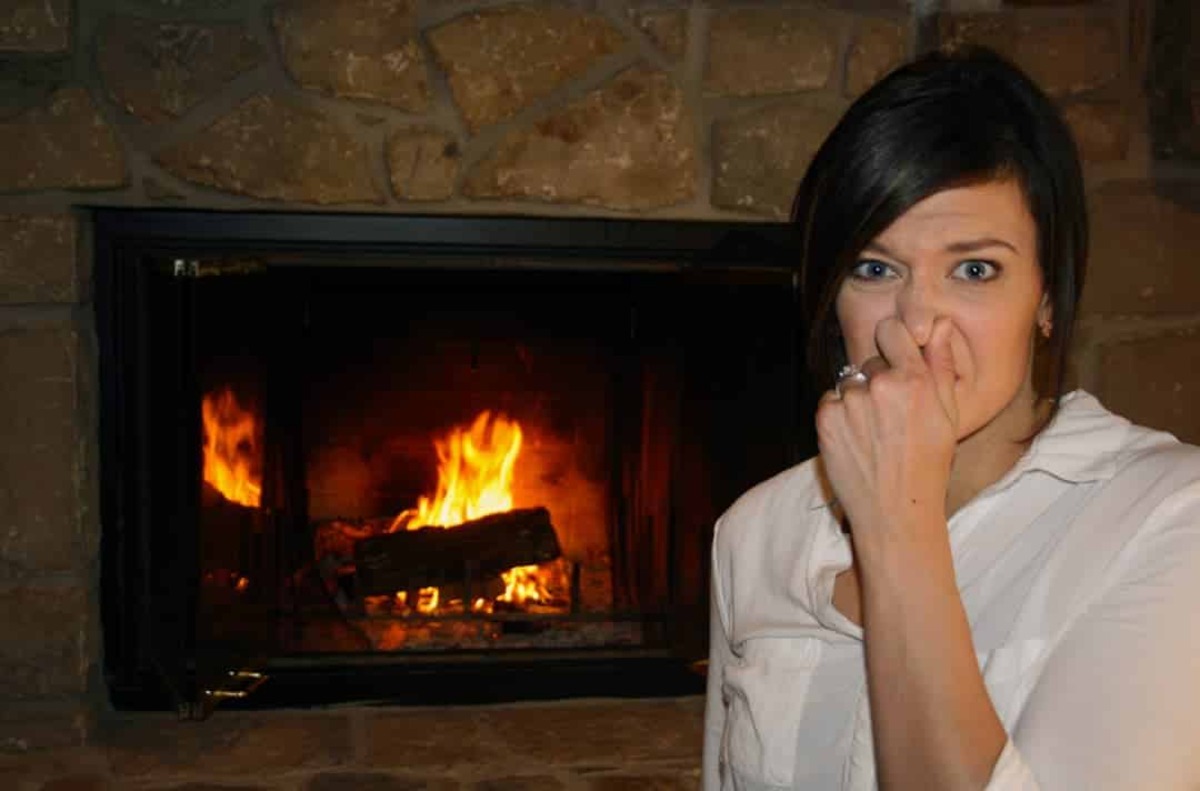
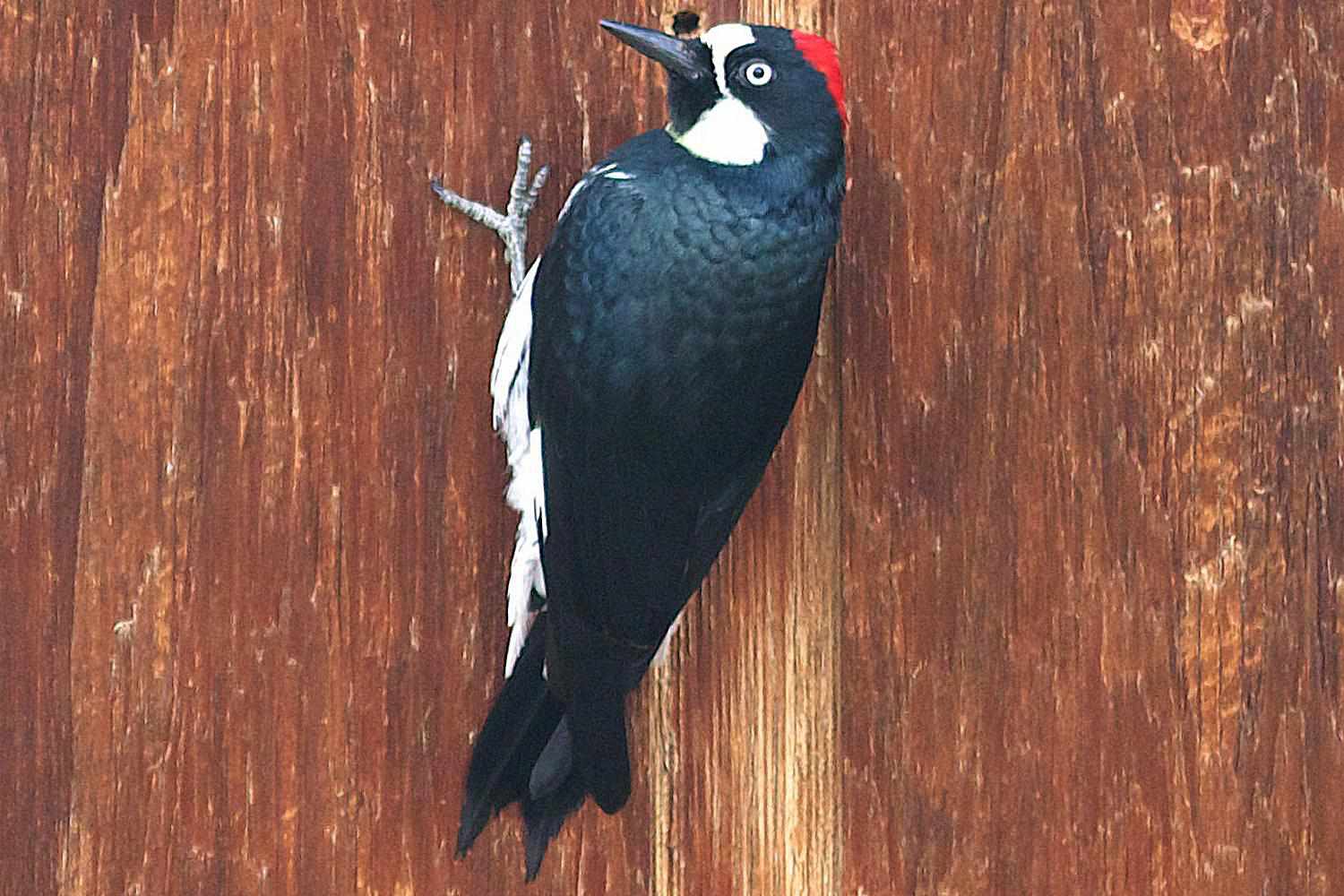
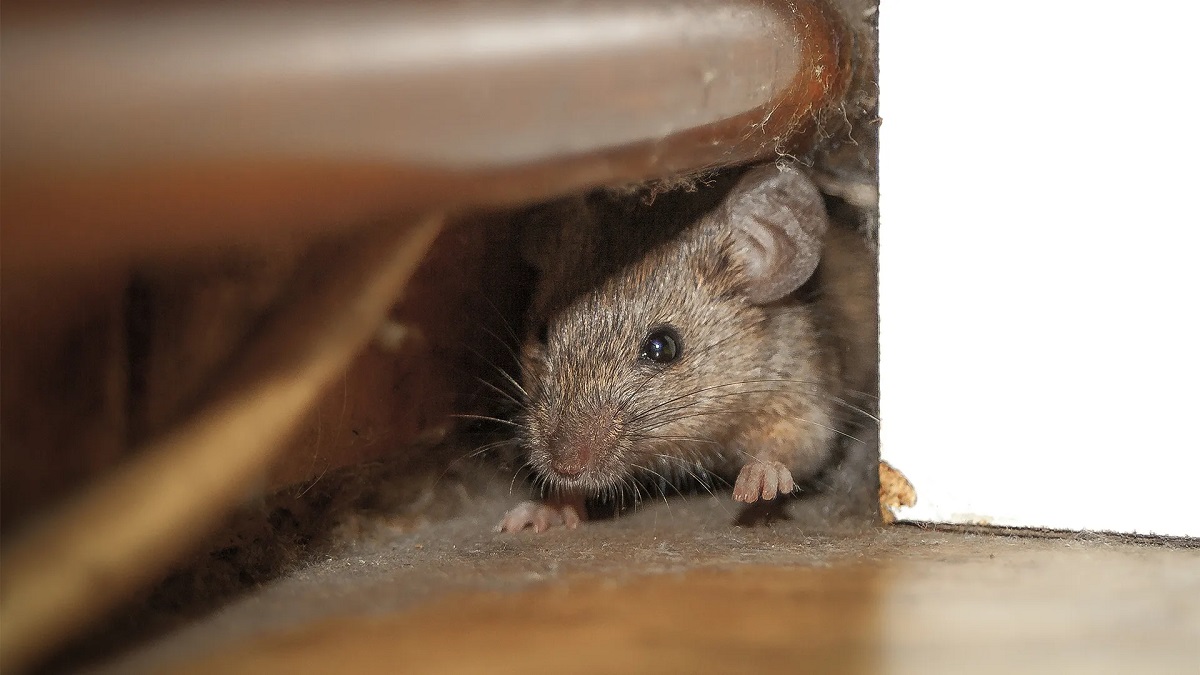
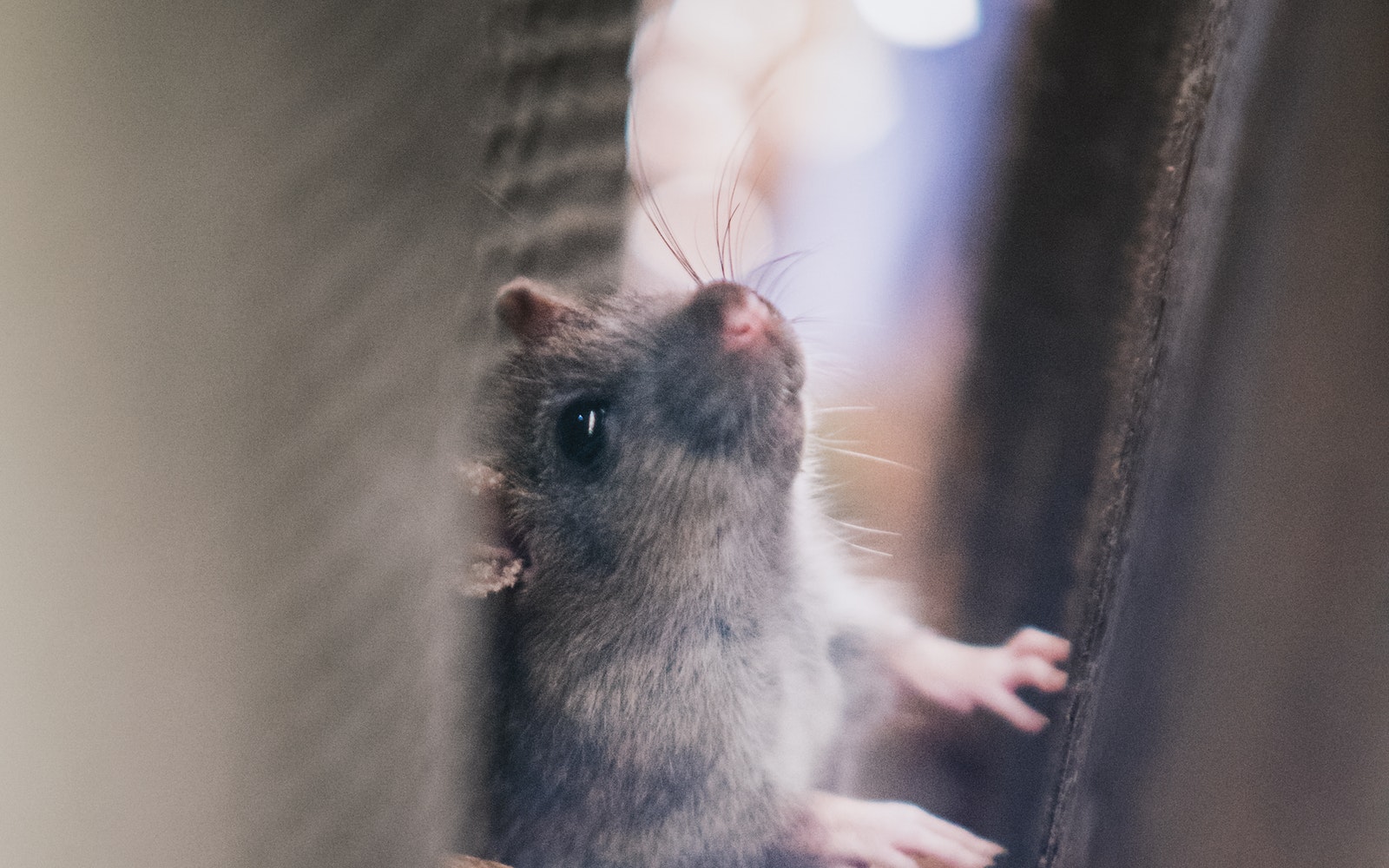

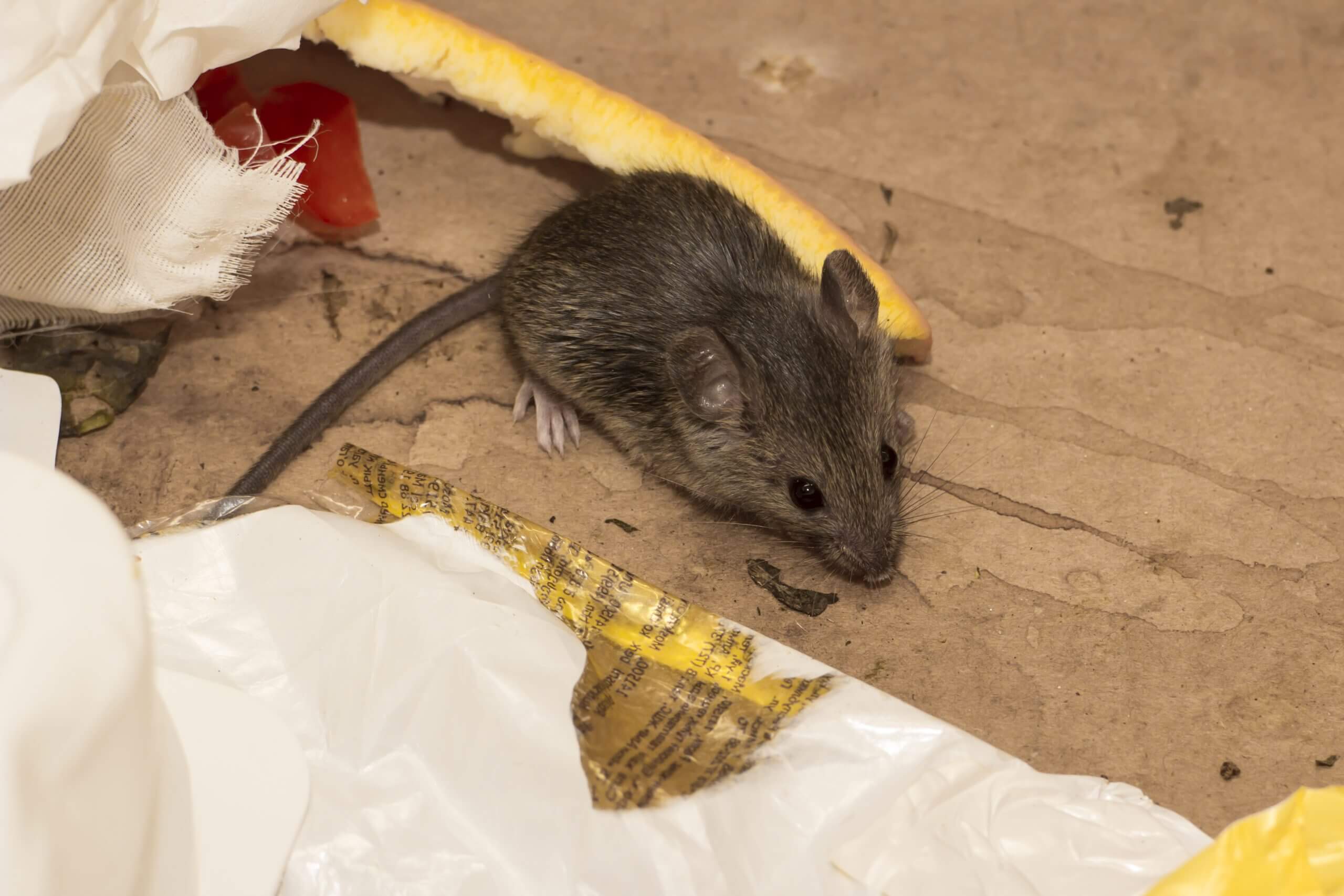

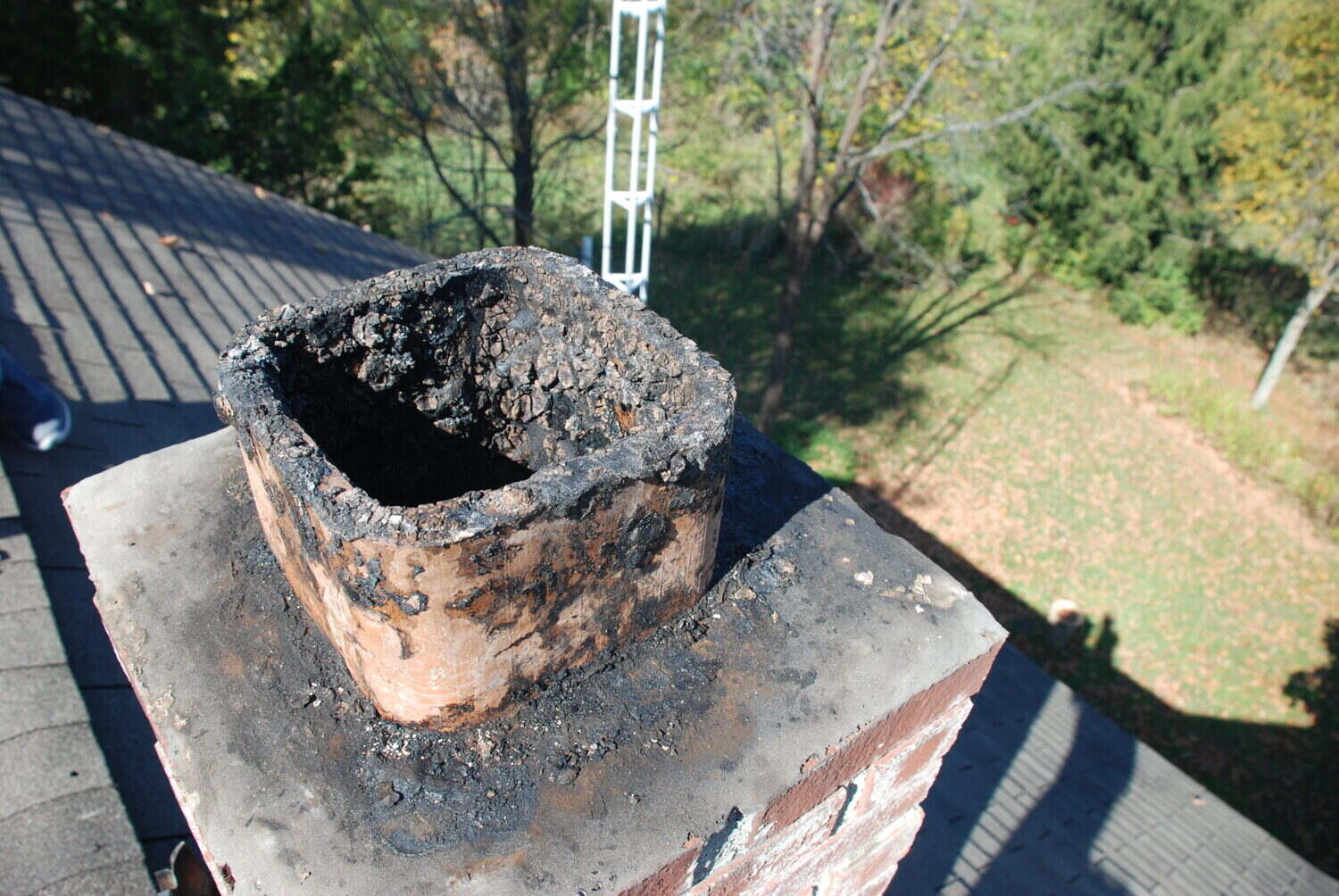
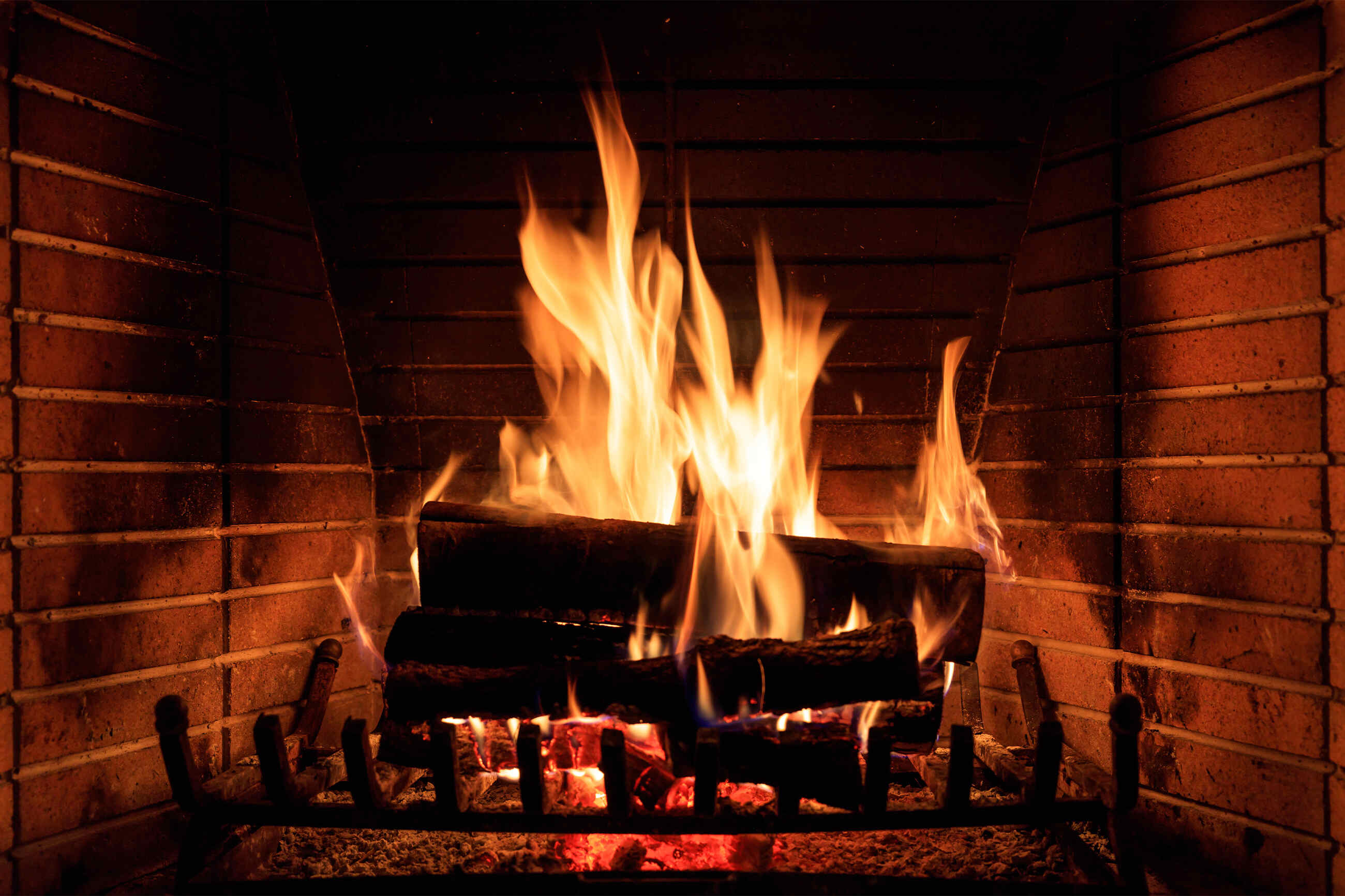
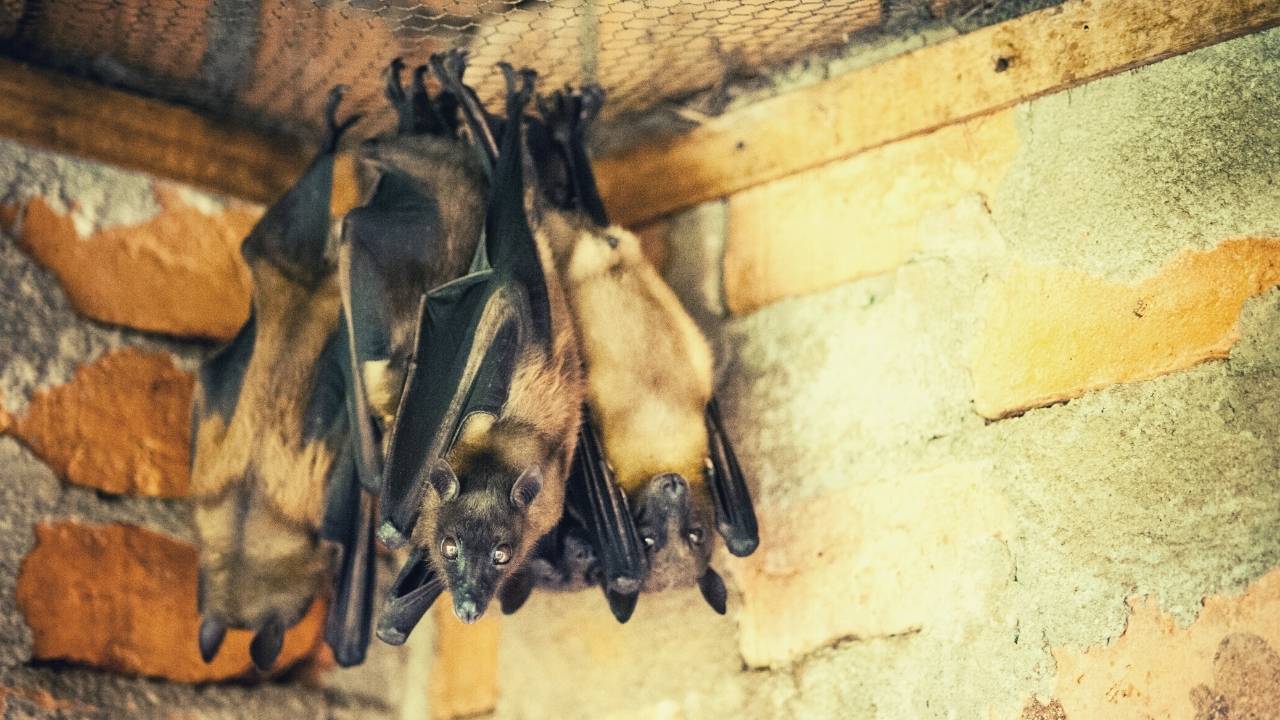
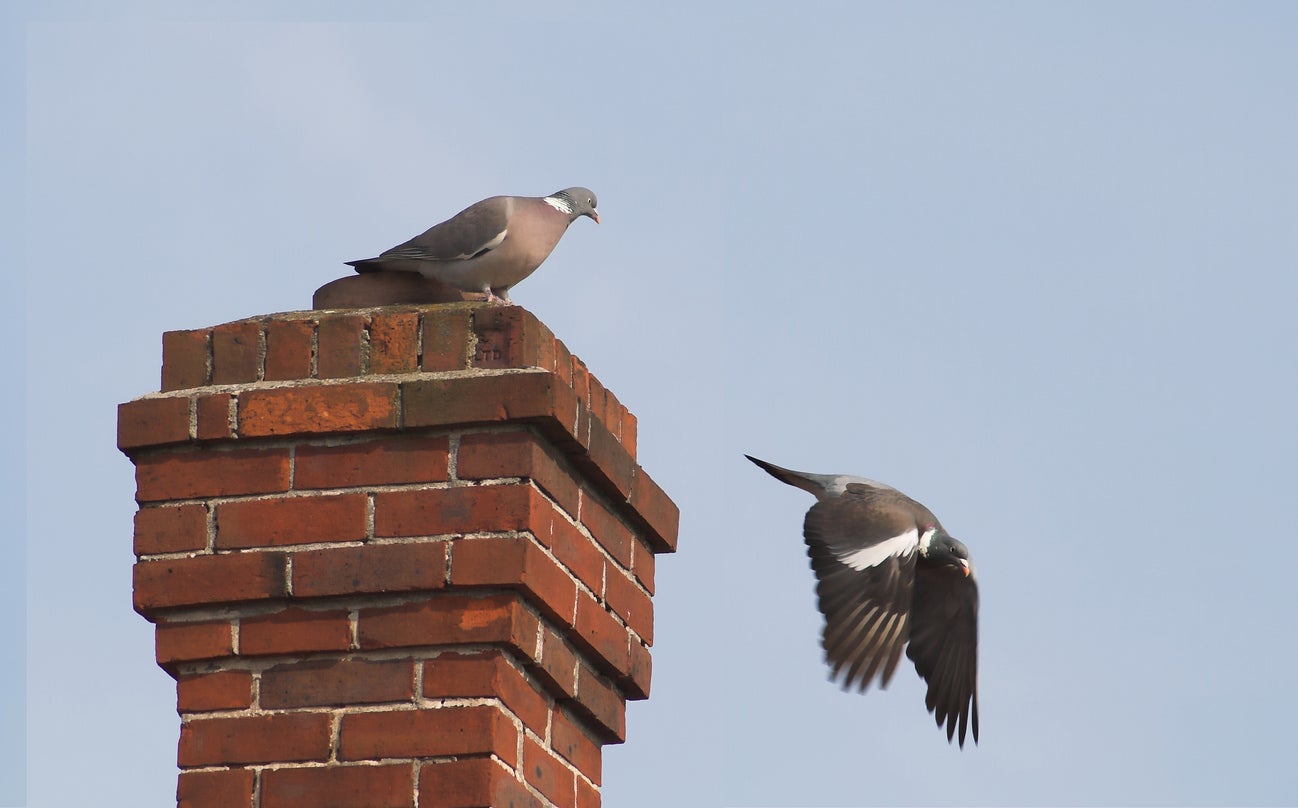
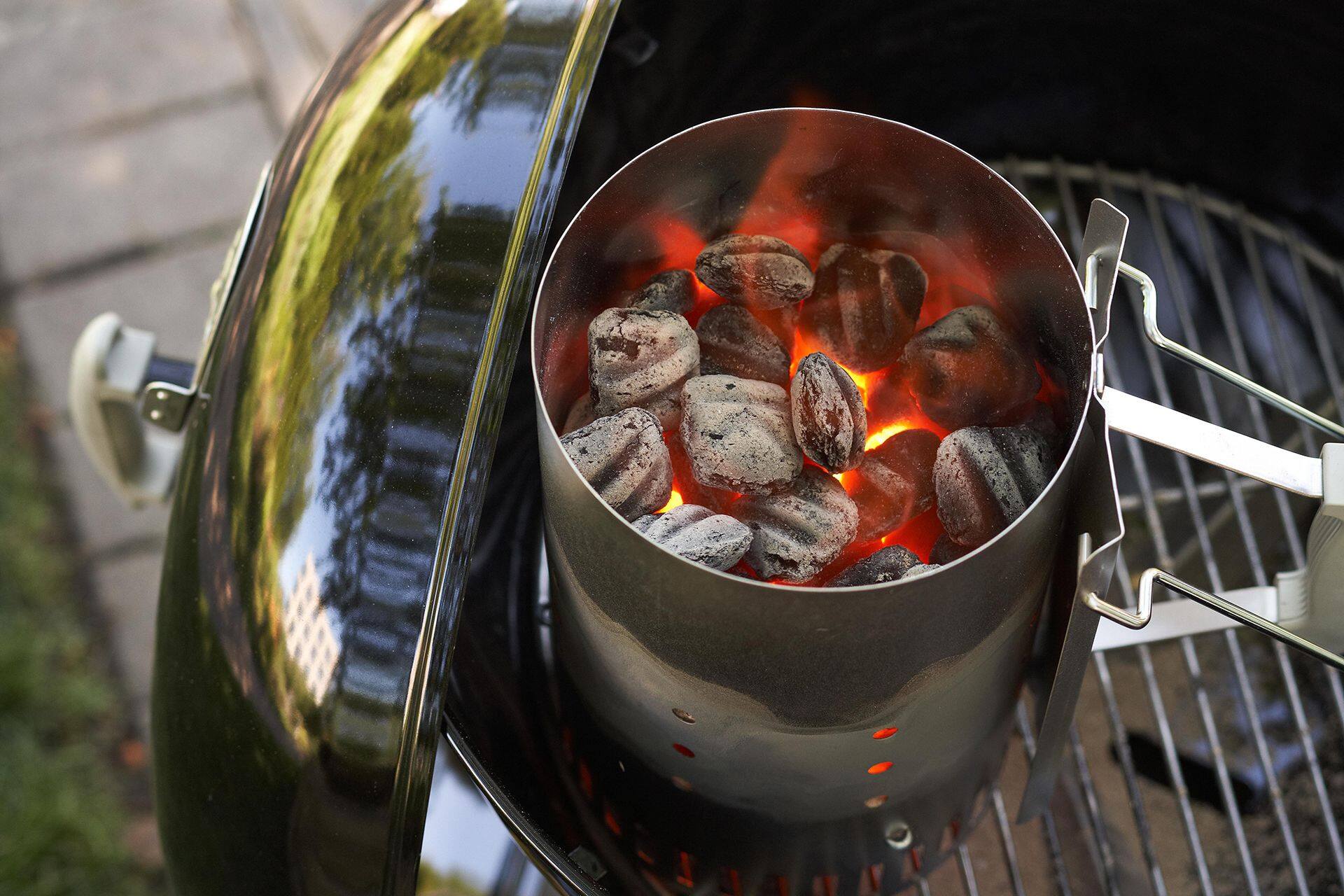
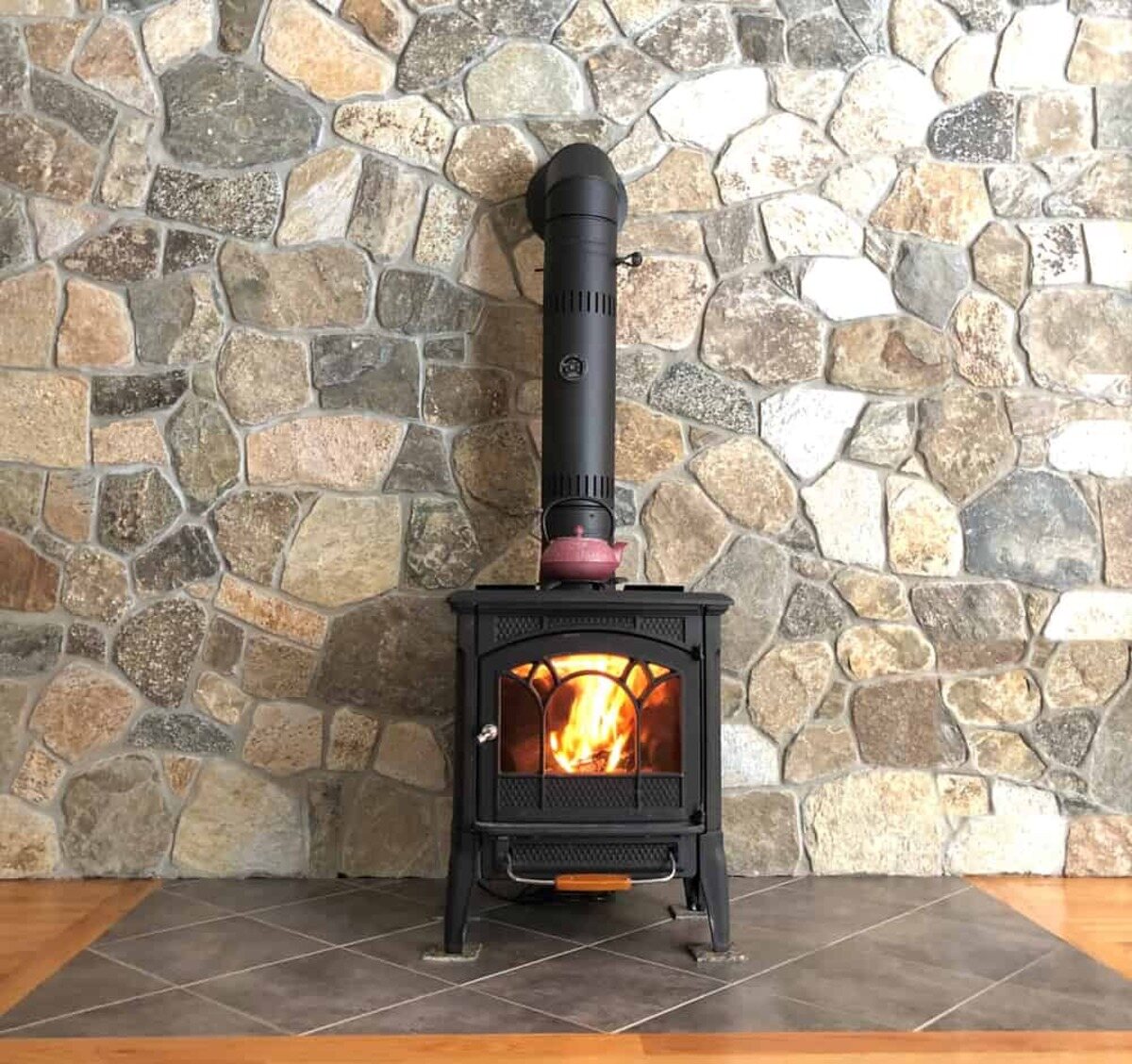

0 thoughts on “How To Get Rid Mice In Chimney”